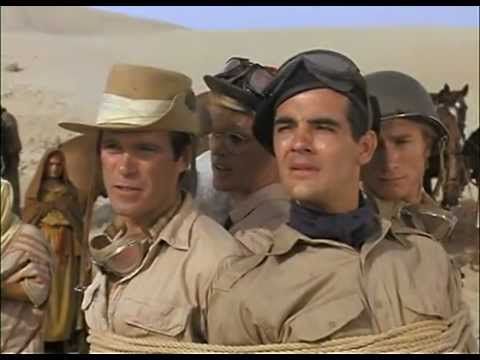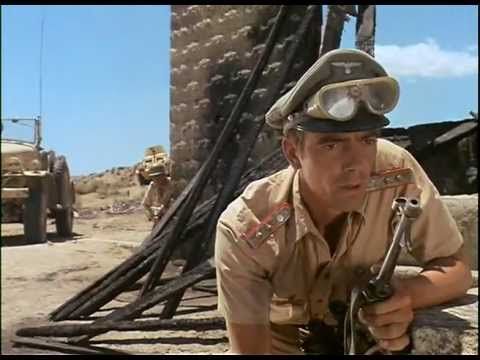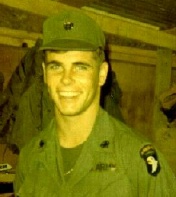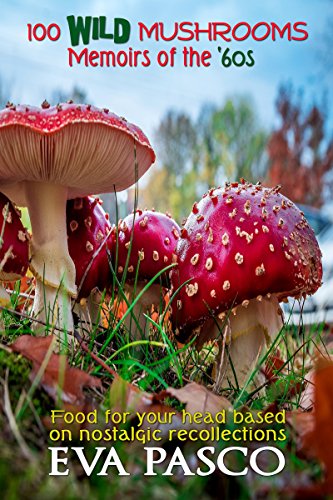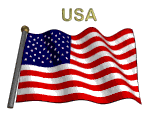
The 60s Official Site
"Where Music is Our Middle Name"
Quick Links
Your Daily Oldies Fix Top Ten Countdown Solid Gold Memories Jukebox Music
Vibration of a Nation Remember When Television of the 50s and 60s 60s Slang
Things You Just Don't Hear Anymore 60s TV Commercials Chickenman Episodes Woodstock This Weeks Number One Hits
The Early Years of Rock and Roll Vietnam War Myths
All the content menu is listed on the left menu border bar
The Rat PatrolThe Rat Patrol is an American television program that aired on ABC during the 1966–1968 seasons. The show follows the exploits of four (three American and one British) Allied soldiers who are part of a long-range desert patrol group in the North African campaign during World War II. Their mission: "to attack, harass and wreak havoc on Field Marshal Rommel's vaunted Afrika Korps". The show was inspired by and loosely modelled on the New Zealand/British/Rhodesian Long Range Desert Group, which used modified trucks armed with machine guns as their transport through the treacherous desert terrain, and Popski's Private Army. The title of the program refers to the nicknames given to some of the British Commonwealth forces in the North African campaign (Rats of Tobruk or Desert Rats). Consequently, at the time of original telecast many English viewers took offense at the dominance of American characters on the program, the result being that the show was pulled from British television.
Part of the show's first season was filmed in Almería, Spain, with the rest in the United States. The three-part story arc "The Last Harbor Raid" was released theatrically in some venues under the title "Massacre Harbor". As a leverage tool against the actors asking for raises, each major cast member was, after the first season, shown a separate prospective script in which he was killed in action. Christopher George suffered a heart contusion when a jeep overturned on him during filming in January 1967. The injury contributed to his death in 1983. As was usual for low-cost productions, other equipment was substituted for original ones. The German vehicles were actually American Patton tanks, M7 Priest self-propelled guns, M3 Half-track and M35 2-1/2 ton cargo trucks painted in desert sand colors. The submachine guns used by the squad were unusual. Because the first season had been filmed in Spain, the producers obtained several fixed wood-stock versions of the Spanish Star Z-45 (9x23mm Largo) submachine gun from the Spanish Army, in an apparent attempt to imitate the look of the WWII .45 Thompson submachine gun. This was changed in later episodes when Thompsons were finally made available. During the series, Sgt. Troy wore an Australian bush hat. When the
show aired in Australia, veterans of both World Wars there were critical of an American actor wearing such an
important symbol of Australian courage and sacrifice. It was seen to cheapen and sensationalize the memory and
spirit of those ANZACs who died fighting fascism. George, a U.S. Marine Korean War veteran, and of Greek
extraction, said he insisted his character wear the slouch hat to honor the Australians who fought in Greece.
Larry Casey stated in an interview that Tom Gries' original idea was that each of the characters would be from a
different country and wear a different hat. However this was changed, and with Christopher George wishing to
wear the Slouch Hat, his American helmet was given to Justin Tarr.
|
|
